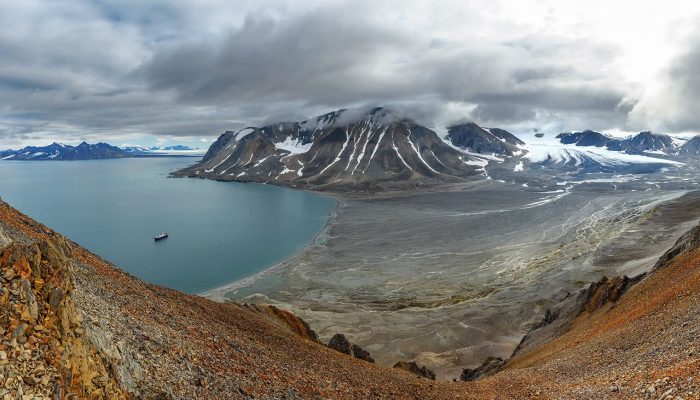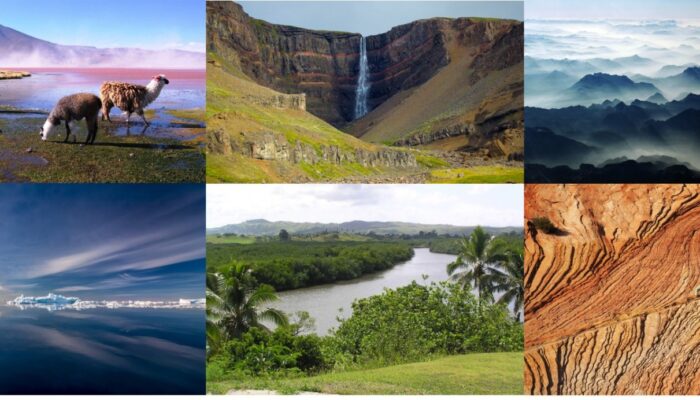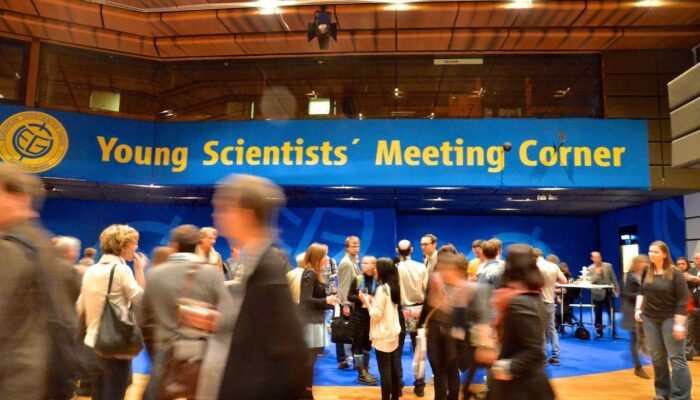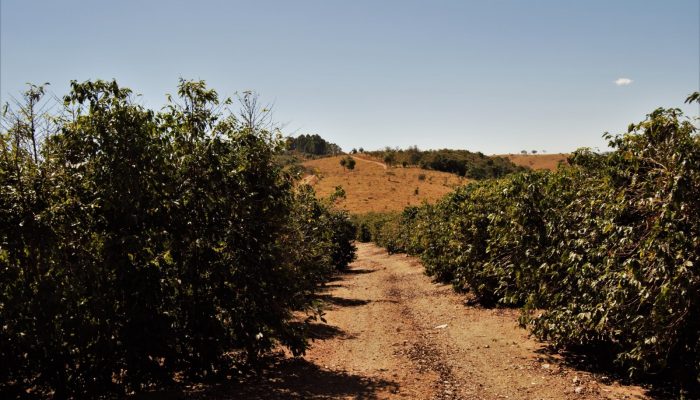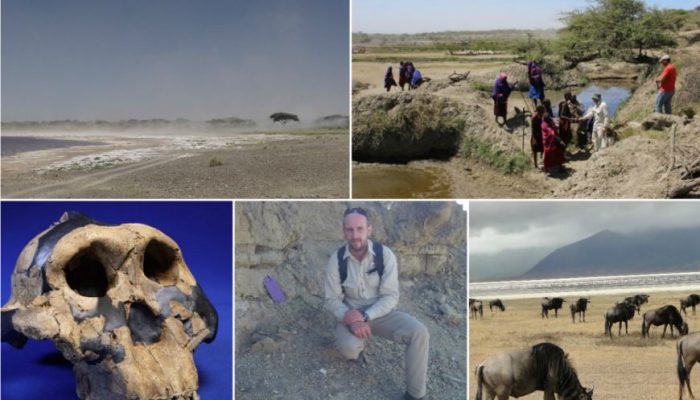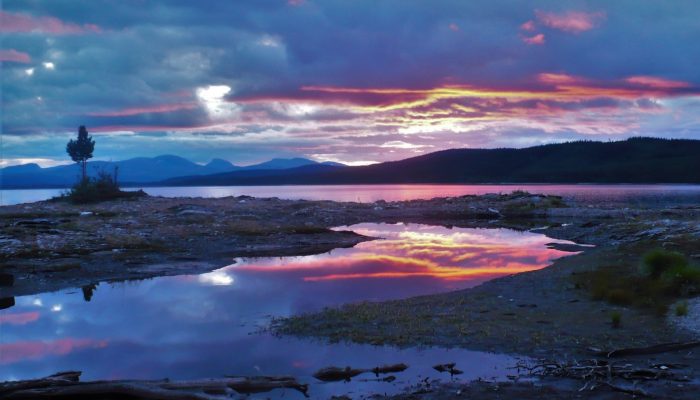We are sorry to hear that people are experiencing difficulties submitting their last-minute #EGU18 abstracts & paying the APCs. If this is the case for you, you will be able to submit your abstract later today
GeoLog
Communicating Antarctic science…in the Antarctic
Communicating the fragility of one of Earth’s remotest environments is hugely difficult, precisely due to the location of the poles. Jon Fuhrmann, a freelance science writer and guide on Antarctic cruises, discusses the potential benefits of taking tourists to these once inaccessible locations, especially when it comes to making members of the public aware of the challenges faced by the Eart ...[Read More]
Earth and Space Science Informatics
Good practice in the evaluation of researchers
A new statement on good practice in the evaluation of researchers and research programmes has been posted by three national academies (Académie des Sciences, Leopoldina and Royal Society). It states that “the use of bibliometric indicators for early career scientists must in particular be avoided. Such use will tend to push scientists who are building their career into wellestablished/fashio ...[Read More]
GeoLog
Imaggeo on Mondays: The best of imaggeo in 2017
Imaggeo, our open access image repository, is packed with beautiful images showcasing the best of the Earth, space and planetary sciences. Throughout the year we use the photographs submitted to the repository to illustrate our social media and blog posts. For the past few years we’ve celebrated the end of the year by rounding-up some of the best Imaggeo images. But it’s no easy task to pick which ...[Read More]
Seismology
New Early Career Scientist representatives wanted
The EGU seismology division is looking to elect a new enthusiastic team of early career scientist (ECS) representatives from the beginning of May. If you are a PhD or Postdoc, why not consider taking up this role? Why should you consider becoming an ECS representative? Producing innovative science is the first and foremost task of any early career scientist. However, this work is embedded in the s ...[Read More]
Geology for Global Development
Bárbara Zambelli Azevedo: Phosphorus Crisis – A Food Crisis?
Take a look and try to identify anything around you that has phosphorus as a component. Phosphorus – the P element – is critical for life, like oxygen, nitrogen and carbon, being present in every plant, animal and bacteria. It constitutes cell walls, DNA, RNA and ATP, which transports energy to the brain. Our bones and teeth include phosphorus. Now look again and you might see that pho ...[Read More]
WaterUnderground
A Tanzanian groundwater safari through the last 2 million years
Post by Mark Cuthbert, Research Fellow and Lecturer at Cardiff University, in the United Kingdom, and by Gail Ashley, Distinguished Professor at Rutgers University, in the United States. _______________________________________________ During the dry season, Lake Masek in Northern Tanzania (see map) is a lovely place to be if you’re a hippo or a flamingo, but for humans it’s an inhospitable environ ...[Read More]
GeoLog
I want you to stop being an early career scientist
In this guest post Roelof Rietbroek, EGU’s Union-wide Early Career Scientist Representative (2017-2018), speaks about the importance of reseachers getting involved with the Union’s early career activities to really reap the benefits of being part of the network. With over half of the participants of EGU’s general assembly qualifying as an Early Career Scientist (ECS), chances are you are one ...[Read More]
Geodynamics
Happy new year!
It’s 2018! Another year to finally publish that paper, finish your PhD, find a new job, finish that project, and be happy! The EGU Geodynamics Blog Team is looking forward to keep brightening your Wednesday mornings with the most interesting and funny blog posts. In this first post, we wish you all, of course, a happy new year! I wish everyone a very happy, productive, writing- ...[Read More]
GeoLog
Imaggeo on Mondays: New life on ancient rock
For the start of a new year, we bring you a photograph featuring some of the oldest rocks in the world but bursting with new life. The image, taken by Gerrit de Rooij, of the Helmholtz Centre for Env. Res. – UFZ, comes complete with an informative caption which we’ve included below. May the new year be successful for all our readers. After two days of canooing in the rain on lake Juvul ...[Read More]

